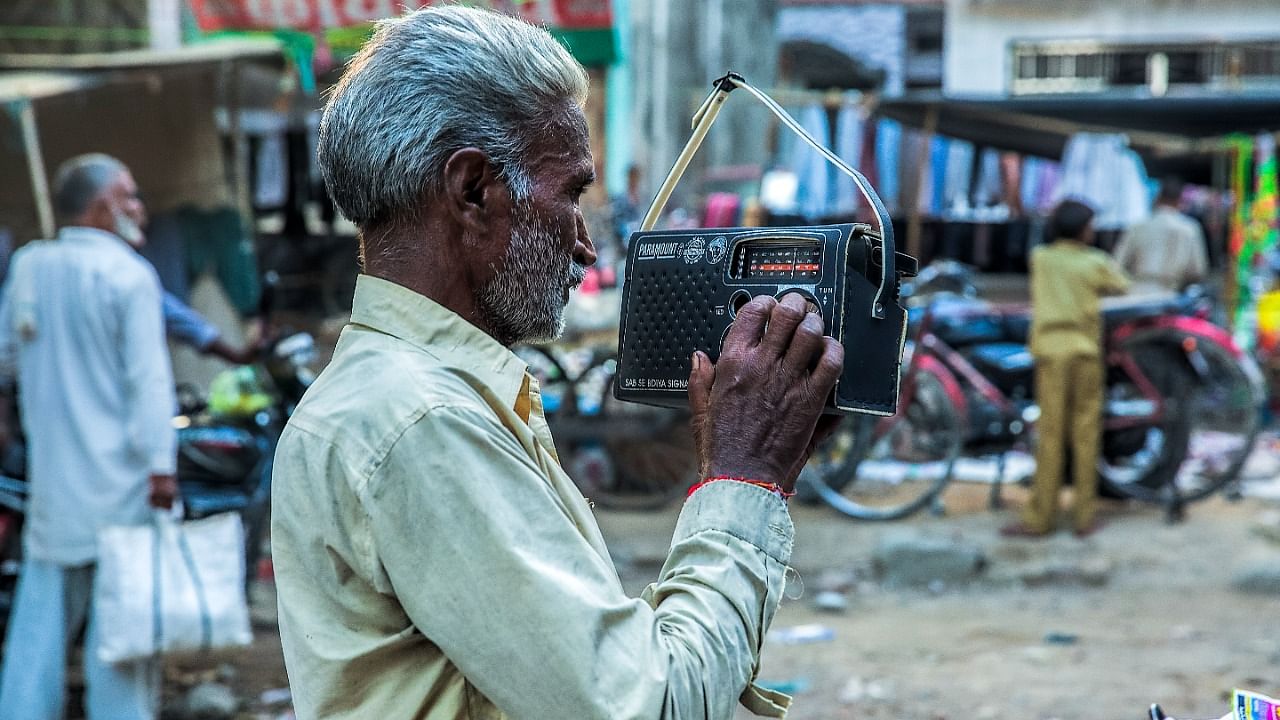
The population of India is greying. The first wave of the Longitudinal Ageing Study in India (LASI), 2020, outlines that India continues to grow old as the population above 60 years in the country, which was 6.9 per cent in 2000, is going to be 11.4 per cent in 2025 and 19.5 per cent in 2050. This growth is close to three times in half a century’s time. The old-age dependency ratio is expected to reach 31.5 with the child dependency (0-14 years) ratio of 29.8 per 100 persons in the working age group (15-59 years) in 2050. India has made considerable progress in increasing life expectancy, reducing poverty among older adults, and improving access to healthcare. However, the LASI highlighted significant gender disparities existing among older people, specifically with women reporting poorer functional and chronic health, lower income, and limited access to healthcare than men.
As locomotor and functional capabilities decrease and health-related vulnerabilities increase with increasing age, the demand for integrated care grows rapidly. Families were the major and the most primitive caregiver for the older population in India. Elders continue to prefer growing old in their houses surrounded by their close ones. But in this changing socio-demographic model, where children move out for education and employment, the ability of the family in rendering care to their older parents or relatives is diminishing. This either leads to moving into institutions such as retirement homes and care homes or seeking help from several elderly care organisations to provide assisted living.
The destitute sections of society cover a major chunk by staying in government-aided old age homes when they live alone, while others who can afford some money prefer to be taken care of in a professional setting with better facilities. Thus, the number of care facilities is expanding, with 728 old-age homes located across the country in 2022. Such an expansion represents a tremendous scope for employment for the semi-skilled and unskilled youth labour force (75 per cent of the labour force), which is affected by the unemployment situation in India.
Youth unemployment in India is even worse (here, it refers to individuals aged 15 to 24 years without a job and actively searching for one). The youth unemployment rate touched a high of 28.26 per cent in 2021 after staying at 18 per cent till 2007. There has been exponential growth in the unemployment figures between 2008-19 and 2019-22. The latter here can be attributed to the cause of Covid-19 whereas the overall outcome of unemployment among the youth is a result of policy failure over the years.
As the need for elderly care rises worldwide, the care economy is expanding, resulting in a surge in job opportunities in the upcoming years. Despite this growth, the care sector still lacks essential benefits and protections, and care workers are often subjected to low wages, inadequate compensation and the risk of physical and mental harm. Addressing the challenges of the care economy requires innovative solutions in terms of care policies and services, and in improving the terms and conditions of care work.
The solution that we suggest here to deal with youth unemployment and ageing is to give more impetus to a better market-based model of care for the aged. A large chunk of the unskilled and semi-skilled labour force of youth in India can be diverted into government-based or privately funded care-providing units. This will bring gender parity as mothers will have the same opportunities as women without children and men to maintain their employment patterns, advance in their careers, and improve their earning prospects.
Similarly, a boost to employment, primarily in the care industry and also in related supply industries, may alter the distribution of earnings for both men and women in the economy, consequently affecting the gender wage gap at a broader level, thereby securing more employment for the youth, better health for the aged community and greater redistribution of income. A formalised care economy that demands more desire and fewer skills for employment can provide significant job opportunities, especially since only about 46 per cent of Indian youth are employable in various sectors. Older care is a sustainable solution to employment as machines cannot replace human participation. With the expected growth of India’s older population, employment prospects in the care economy are likely to increase in the future.
To promote the transition from a family-based approach to elderly care to a market-based one, we need greater social acceptance of professional care. This can be achieved through government support and various programmes accompanied by private incentives, and most of all, social acceptance for the transition from a family-based approach to elderly care to a market-based one.
(Madhubrota Chatterjee is Junior Research Fellow, Population Research Centre, Institute for Social and Economic Change, Bengaluru; Kaibalyapati Mishra is Junior Research Fellow, Centre for Economic Studies and Policy, Institute for Social and Economic Change, Bengaluru)